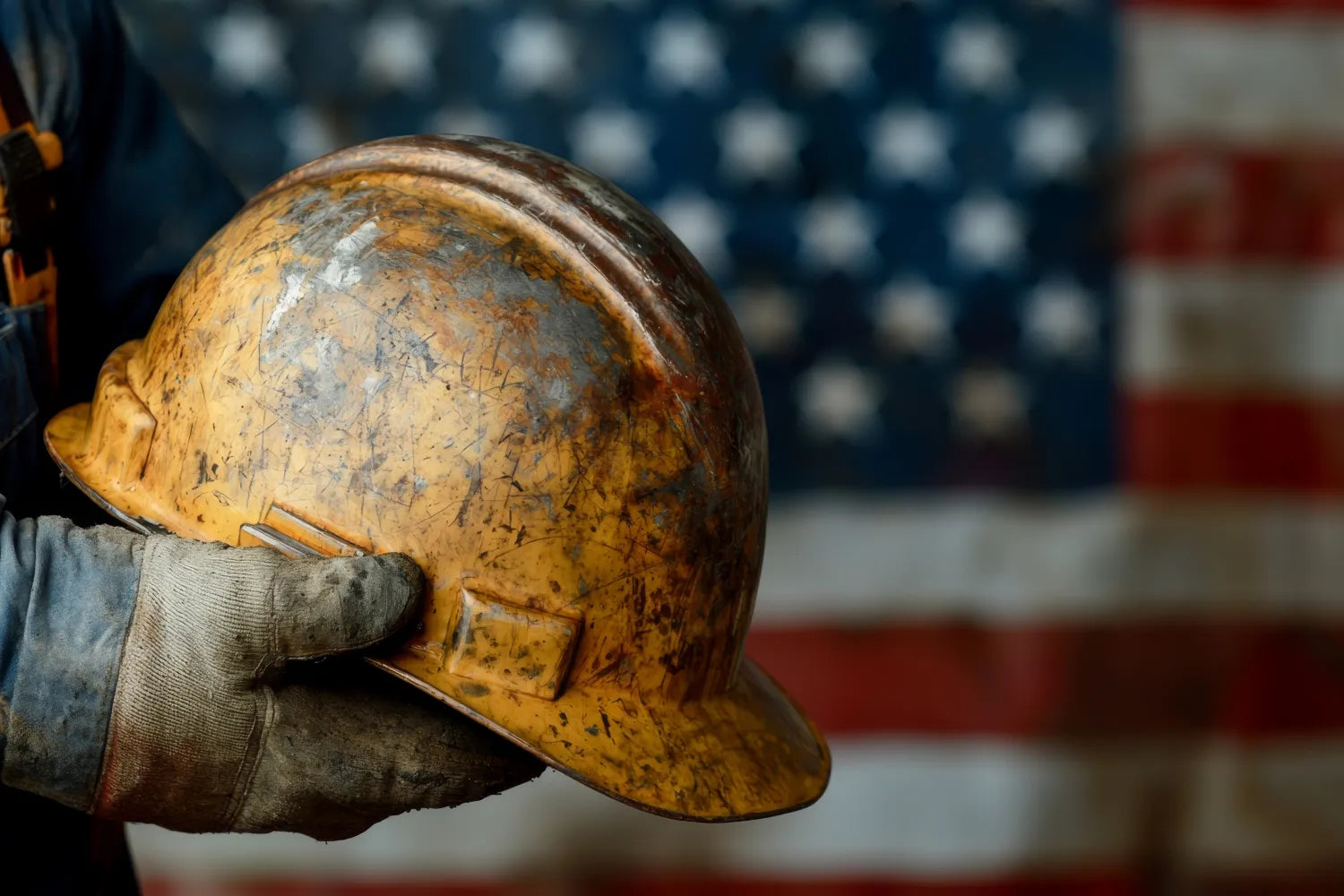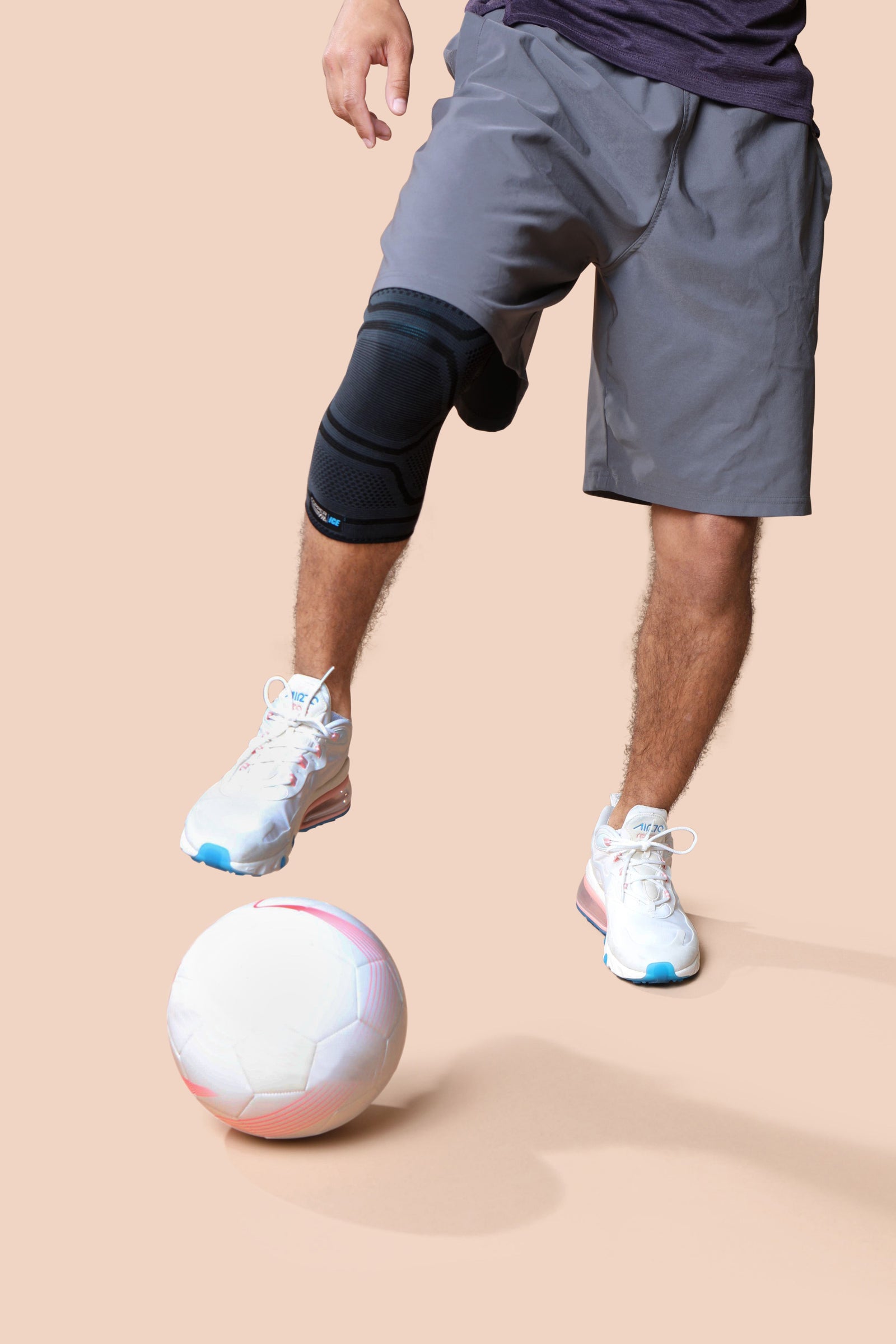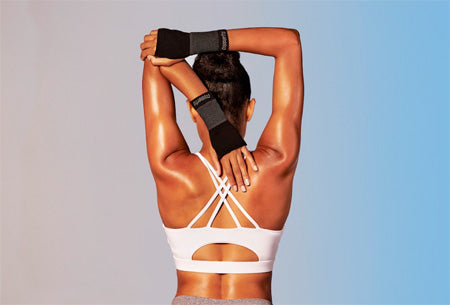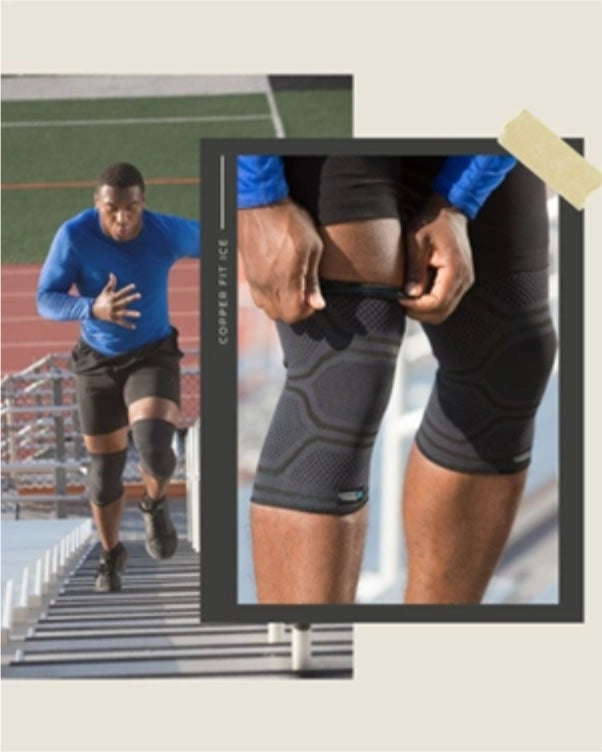
Key Takeaways
- Some of the hardest jobs in America place extreme physical and mental demands on workers, requiring resilience, strength, and careful recovery practices.
- Tools like compression gear, hot and cold therapy, proper hydration, and stretching routines can help ease tension and support healthy recovery.
- With the right strategies, people in tough jobs can reduce discomfort, improve mobility, and stay active for the long haul.
Our jobs can be demanding in a number of ways, and certain jobs ask even more of the body and mind. From construction sites to hospital floors, these roles demand endurance, strength, and focus in challenging environments. While these jobs are rewarding, they often leave workers dealing with sore muscles, stiff joints, and fatigue.
So, what are some of the hardest jobs in America, and what can workers do to reduce strain? Let’s get into it.
What Makes a Job “Hard”?
A hard job isn’t just about long hours. It’s about the combination of physical strain, mental load, and environmental stressors. Some roles require heavy lifting and repetitive motion that wear on muscles and joints. Others involve long stretches on the feet or decision-making under pressure. And many expose workers to outdoor elements, extreme heat or cold, or high-risk conditions.
These challenges add up. Understanding them helps us appreciate the people who take on tough work every day, and it highlights the importance of recovery tools and protective strategies.
7 of the Hardest Jobs in America
Let’s break down some of the most demanding jobs out there, and tips for navigating associated discomfort.
1. Construction Workers
Construction is one of the most physically demanding fields. Workers often lift heavy materials, operate machinery, and spend long hours on their feet. Exposure to extreme weather and awkward working positions add to the strain.
Recovery tip: Using compression sleeves or braces can help support circulation and ease tension during long shifts. Stretching before and after work helps maintain flexibility, and alternating tasks can reduce repetitive strain on the same joints.
2. Farmers and Agricultural Workers
Farming demands early mornings, long days outdoors, and repetitive bending, lifting, and carrying. The combination of physical labor and exposure to sun, dust, and equipment makes it especially challenging.
Recovery tip: Compression socks or sleeves can support healthy blood flow after hours in the field. Hot and cold therapy is helpful — cold packs for fresh strain, heat for stiffness. Sun protection is vital, as is staying hydrated and fueling with nutrient-rich foods for endurance.
3. Firefighters
Firefighters face one of the toughest combinations of stressors: extreme physical effort while wearing heavy gear, exposure to heat, and the unpredictability of emergencies. The work requires endurance, mobility, and mental focus under pressure.
Recovery tip: Cooling wraps can help the body cool down after high-heat situations. Supportive gear like compression sleeves may help soothe muscle soreness during recovery. Structured rest periods and mobility exercises can also support long-term resilience.
4. Nurses and Healthcare Workers
Healthcare professionals like nurses and orderlies often work long shifts, most of which are spent on their feet. Lifting or repositioning patients adds physical strain, while the emotional demands of caring for others contribute to mental fatigue.
Recovery tip: Supportive footwear and compression socks are essential for circulation and all-day comfort. Short stretching sessions between rounds can release muscle tension, while prioritizing rest and hydration helps the body recover from extended shifts.
5. Roofers
Roofing requires working in high heat, balancing on uneven surfaces, and carrying heavy materials. The repetitive kneeling, bending, and lifting create ongoing pressure on joints and muscles.
Recovery tip: Wearing supportive gear helps reduce stress on knees and back. Alternating tasks can prevent repetitive strain, while regular breaks and hydration help workers manage extreme heat and endurance challenges.
6. Delivery Drivers and Warehouse Workers
Delivery drivers spend long hours behind the wheel, often followed by repetitive lifting and carrying. Warehouse workers face similar strain from constant bending, pulling, and moving heavy items. Both roles combine long hours, awkward postures, and physical stress.
Recovery tip: Ergonomic lifting techniques are essential to protect the back and shoulders. Compression gear can help reduce discomfort from long driving shifts or repetitive lifting. Taking short breaks to stretch improves circulation and reduces stiffness.
7. Nursery Workers
Nursery workers face long days filled with lifting heavy pots, moving soil, watering plants, and working outdoors in all kinds of weather. The job often requires repetitive bending, kneeling, and carrying, which puts steady strain on the back, shoulders, and knees. Exposure to heat, cold, and moisture also adds environmental stress that can take a toll over time.
Recovery tip: Knee supports can help ease tension from repetitive lifting and bending. Taking time for short stretching sessions throughout the day supports mobility and reduces stiffness. Alternating tasks, using proper lifting techniques, and applying hot or cold therapy after a shift can all help manage discomfort and support long-term joint health.
Common Risks Across Demanding Jobs
Despite the variety of tasks, the hardest jobs share some common risks. Workers often experience sore muscles, stiff joints, fatigue, and the risk of overexertion. Repetitive stress injuries can build over time if protective habits aren’t in place. Mental stress and burnout are also common, especially in roles that require focus under pressure.
The good news is that many of these challenges can be managed. Tools that support circulation, mobility, and recovery make a difference, as do lifestyle habits like proper hydration, nutrition, and rest.
Tips To Reduce Physical Stress and Stay Strong on the Job
-
Warm-up and cool-down routines: Stretching before a shift helps prepare muscles and joints, while cooling down afterward reduces stiffness.
-
Compression gear: Sleeves, socks, and braces can support circulation, help reduce soreness, and promote muscle relaxation.
-
Hot and cold therapy: Cold packs are best for recent strain, while heat can ease stiffness from older or recurring soreness.
-
Hydration and nutrition: Staying hydrated and fueling with balanced meals supports endurance and recovery.
-
Rest and sleep: The body repairs itself during rest, making it essential for anyone in a physically demanding role.
- Stress management: Deep breathing, mindfulness, or even short breaks during work can help manage mental strain.
FAQ
What are the hardest physical jobs in the U.S.?
Some of the hardest include construction, farming, firefighting, nursing, roofing, military service, and warehouse or delivery work. These jobs combine physical strain, long hours, and challenging environments.
How can workers reduce discomfort from physically demanding jobs?
Tools like compression gear, proper footwear, and hot/cold therapy can help ease soreness. Stretching, hydration, and balanced nutrition also support recovery and resilience.
What are the most common injuries in tough jobs?
Strains, sprains, and repetitive stress issues are among the most common. These often affect joints like the knees, shoulders, and back. Early care and supportive routines help reduce risk.
The Bottom Line
The hardest jobs in America require strength, endurance, and recovery strategies to keep the body moving. Workers in these roles deserve recognition for their resilience and grit.
At Copper Fit, we understand the toll tough jobs can take on the body. That’s why our compression gear is designed to help support circulation, promote muscle relaxation, and ease everyday soreness. Our goal is to empower you to keep moving, recover effectively, and feel ready for whatever the job demands.
Sources:
The 27 Most Physically Active and Difficult Jobs in America | Business Insider
Compression Therapy: Types and Benefits | Cleveland Clinic
Tips to Stay Safe in the Sun: From Sunscreen to Sunglasses | FDA
OSHA Proper Lifting Techniques: Safe Lifting Ergonomics | OSHA





